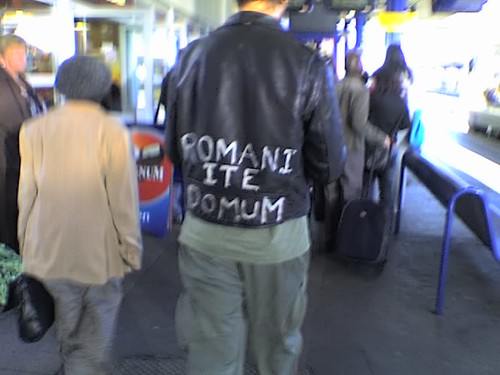Some people claim that reburying ancient "pagan" bones is more respectful.
There are several problems with this:
- We don't know what burial rites they would have preferred
- If you rebury them with their grave-goods, it's very likely that the grave may be looted
- Even if we know where and how they were buried, we do not necessarily know if they subscribed to the religious rites according to which they were buried, nor do we know what liturgy was used
- We do not know that any ritual we perform for them would be acceptable
- We do not know if contemporary Pagan beliefs are similar to Neolithic, Bronze Age, or even Iron Age beliefs
- The original site is often no longer available as a burial place
- Studying them means we can find out more about them - how they lived, where they were born, what illnesses they had - which is the nearest you can get to reconstructing their actual identity
- Scientific techniques that will be available in the future for bone analysis will be better than those available now
- If you accept the hypothesis that the bones have some "spirit" residing in them, that spirit might be pleased to be getting all the attention from archaeologists and museum staff
- Respect does not automatically equate to reburial - it can also mean remembering the dead
- Some cultures believe that once the grave site has been disturbed, it cannot be re-consecrated
- There were radically different burial customs in the past - excarnation, display in burial mounds, cremation, and so on - which presumably reflected different beliefs about the body and consciousness (though we can only guess what those beliefs might be by using ethnographic parallels)
- Many ancient cultures (e.g. the Egyptians and the Norse) believed that the continuation of the name of the deceased was very important. When the Egyptians wanted to erase someone from history, they removed their name from all the monuments. Reburying the ancient dead resigns them to oblivion once more.
- Everyone in modern Britain is descended from ancient people, and no cultural affinity between modern Pagans and ancient people can be proven, so Pagans have no more right than anyone else to say what happens to the bones of ancient people


